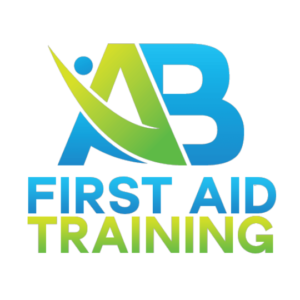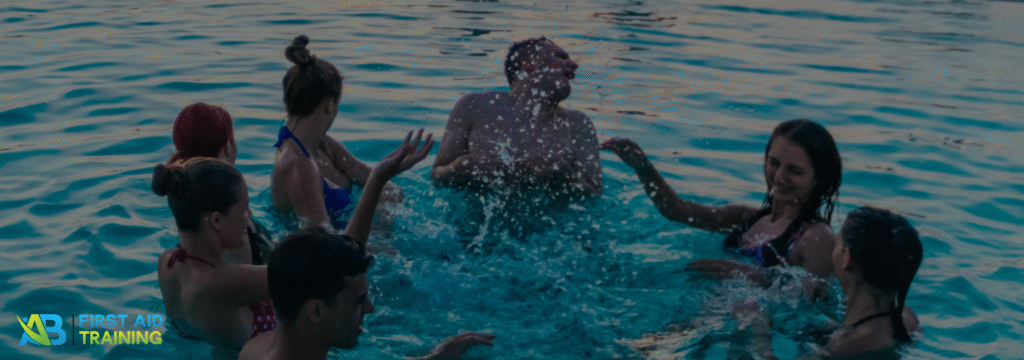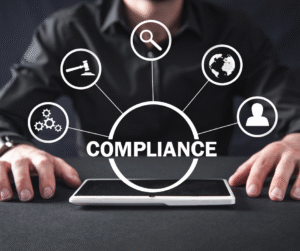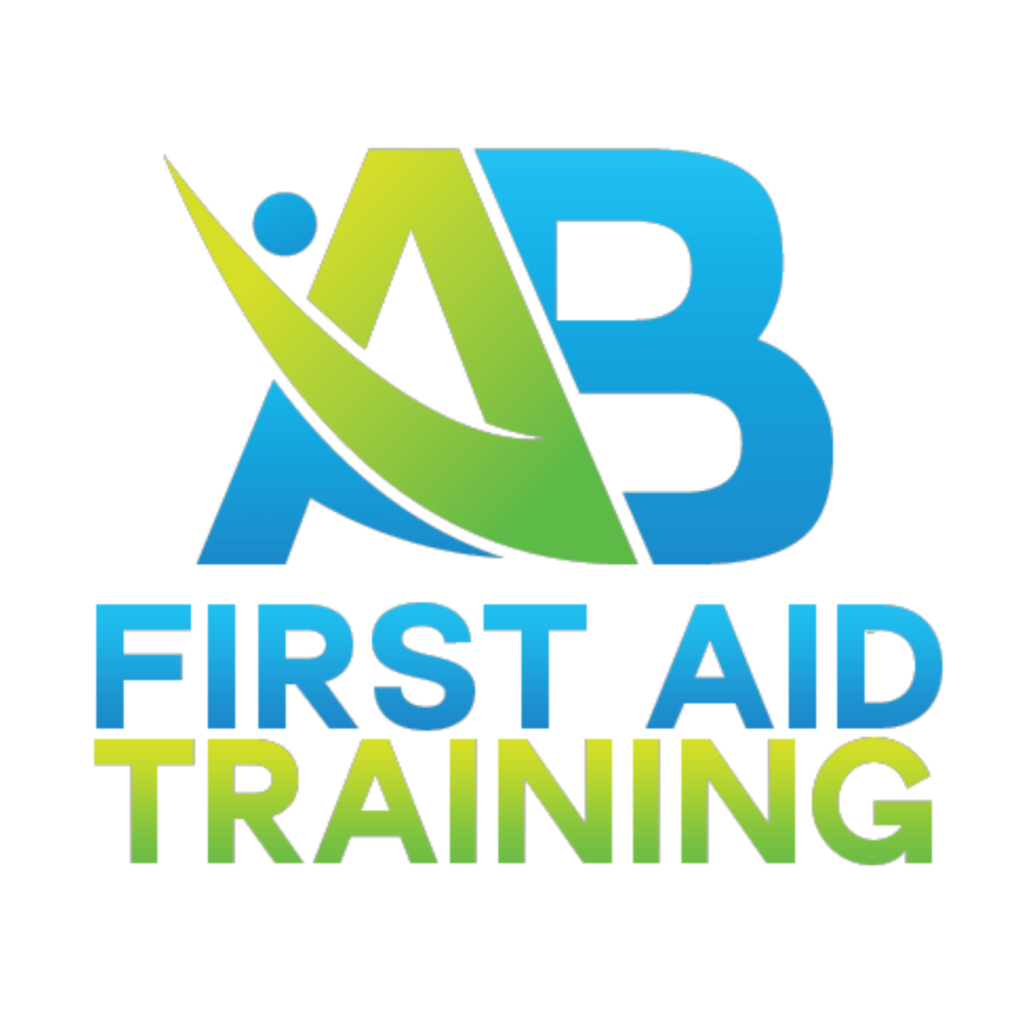Beach and Pool Safety: What to Do When Fun Turns Risky
Melbourne’s north-west might not have beaches on its doorstep, but when the temperature climbs, everyone heads coastward… Torquay, Altona, St Kilda, or even the local pool at Keilor East or Melton Waves.
It’s part of our summer culture: cool water, sunshine, kids laughing, and the smell of sunscreen. But beneath all the fun, water safety is one of Australia’s biggest summer risks.
Every year, lives are lost in situations that could have been prevented with a few simple precautions and some basic first aid know-how.
So before you pack the towels and floaties, take a moment to brush up on the skills that keep your family safe in and around the water.
The Facts About Water Safety in Australia
- Around 250 Australians drown each year, according to Royal Life Saving Australia.
- More than half of all drownings happen in rivers, lakes, and swimming pools…not just at beaches.
- Children under five and men aged 25–44 are the highest-risk groups.
- Alcohol is a factor in up to one in four adult drownings.
- In Victoria, many incidents happen at unpatrolled beaches or private pools.
Drowning is often silent and fast. It can take less than 60 seconds for someone to lose consciousness — and many people don’t call for help until it’s too late.
Recognising the Early Signs of Drowning
Movies make drowning look noisy and dramatic, but in real life, it’s quiet and subtle.
Watch for these warning signs:
- Head tilted back, mouth at water level
- Gasping or silent breathing
- Hair over face, eyes glassy or unfocused
- Little or no kicking
- Trying to swim but not making progress
- Sudden stillness in someone who was active moments ago
If you see any of these, act immediately… seconds count.
What to Do if Someone Is Drowning
- Check for danger… make sure it’s safe before entering the water.
Call Triple Zero (000) immediately or have someone else call. - Reach or throw, don’t go… use a stick, towel, or flotation device if possible.
- If you must enter the water, take a flotation aid with you.
- Once out, check for breathing:
- If they’re not breathing, start CPR.
- 30 chest compressions followed by 2 breaths, repeat until help arrives or the person recovers.
- If they are breathing, place them on their side in the recovery position and keep them warm.
Even if the person seems fine, always seek medical attention… secondary drowning can develop hours later.
First Aid for Poolside and Beach Accidents
Water safety isn’t just about drowning. Slips, stings, and sunburns are just as common.
- Jellyfish or Bluebottle Stings
- Rinse with seawater (not freshwater).
- Pick off tentacles with tweezers or gloved hands.
- Immerse in hot water (not scalding) for 20 minutes or use a heat pack to relieve pain.
- If there’s severe pain, breathing issues, or the sting covers a large area, call 000.
- Cuts from shells or glass
- Rinse thoroughly with clean water or saline.
- Apply antiseptic and cover with a sterile dressing.
- Watch for signs of infection such as redness, swelling, or pus.
- Sunburn
- Get out of the sun immediately.
- Cool the skin with a damp cloth or aloe vera gel.
- Drink plenty of water and rest in the shade.
- Avoid further sun exposure until healed.
- Heat exhaustion
- Move to a cool spot, loosen clothing, and sip water slowly.
- Cool the body with wet towels or a cold pack.
- If symptoms worsen (confusion, vomiting, collapse), call 000 — it may be heatstroke.
- Falls and sprains on wet surfaces
- Use the RICER method: Rest, Ice, Compression, Elevation, Refer!
- Seek medical help if swelling, severe pain, or deformity is present.
Pool Safety at Home
You don’t need the ocean for drowning to happen. Backyard pools are one of the most dangerous spots for young children.
Simple steps save lives:
- Always supervise children in or near water… no phone scrolling or distractions.
- Ensure your pool fence meets Victorian safety standards and self-closing gates work properly.
- Remove climbable objects near the fence (pots, chairs, toys).
- Teach children to swim from an early age.
- Keep a rescue pole and flotation device by the pool.
- Learn CPR… and make sure every adult in the home knows where the first aid kit is.
Beach Safety: Between the Flags
When heading to the coast:
- Swim at patrolled beaches only…red and yellow flags mark the safest area.
- Always check local surf conditions and obey lifeguard instructions.
- Don’t swim alone or after drinking alcohol.
- If caught in a rip:
- Stay calm, float, and raise your arm for help.
- Don’t try to swim directly against the current… swim parallel to the beach until free.
The First Aid Skills That Save Lives Near Water
If you spend time near water… even backyard pools… these are the most valuable skills you can learn:
- CPR for adults, children, and infants
- Using a defibrillator (AED)
- Recovery position for unconscious breathing casualties
- Recognising signs of heatstroke and dehydration
- Basic wound care
They’re simple, quick to learn, and could save someone you love.
Your Pool or Beach First Aid Kit
Whether you’re off to the coast or setting up poolside, keep these items handy:
- Adhesive bandages
- Non-stick dressings and tape
- Antiseptic wipes or spray
- Burn gel or hydrogel dressing
- Instant cold pack
- Tweezers and small scissors
- Saline solution for rinsing eyes and wounds
- Electrolyte sachets
- SPF 50+ sunscreen
- Aloe vera or after-sun lotion
- Insect repellent
- Disposable gloves
- CPR face shield or mask
- Printed first aid quick guide
Keep your kit dry and within reach… not buried under towels.
Local Hotspots and Water Safety Reminders
Families across Melton, Keilor, and Sunbury often travel to Altona Beach, Williamstown, or Brimbank Park’s creek areas for day trips.
These are fantastic spots, but also where emergency services respond to heat exhaustion, alcohol-related incidents, and slips.
Bring water, shade, and a first aid kit — and plan ahead so the only thing you take home is good memories.
Simple Safety Checklist Before You Leave
☐ Someone in the group knows CPR
☐ First aid kit stocked and waterproofed
☐ Enough drinking water for everyone
☐ Sunscreen applied and packed
☐ Shade or tent available
☐ Pool fence or gate checked (if at home)
☐ No alcohol before swimming
☐ Kids within arm’s reach at all times
Summer is for fun
Summer is for fun, but it only takes a few seconds for things to go wrong around water.
By staying alert, prepared, and confident with basic first aid, you can make sure your holidays stay joyful and safe — from the backyard pool to the coast.
References and Resources
- Royal Life Saving Australia – Drowning Reports
- Surf Life Saving Australia – Beachsafe
- Better Health Channel – Water Safety
- Healthdirect Australia – CPR Basics
- Victorian Government – Pool Fence Safety
Book A Course
Recent Blogs
- All Posts
- Compliance
- First Aid
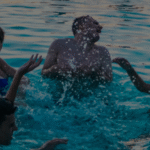
Make sure your first aid kit is race-ready this Cup Day and for summer. See our top 10 must-have items...
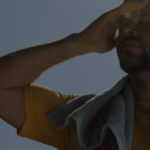
Summer means fun in the sun, but it’s also peak season for preventable injuries. Learn the top first aid skills...

Get travel-ready this summer with our essential first aid kit checklist and health advice for holidays, road trips, and outdoor...
AB First Aid Training & Compliance
Ask Us About Our Full Service Compliance & Safety Package
FREE When You Partner With Us!
Have You Read These Articals Yet?
- All Posts
- Compliance
- First Aid
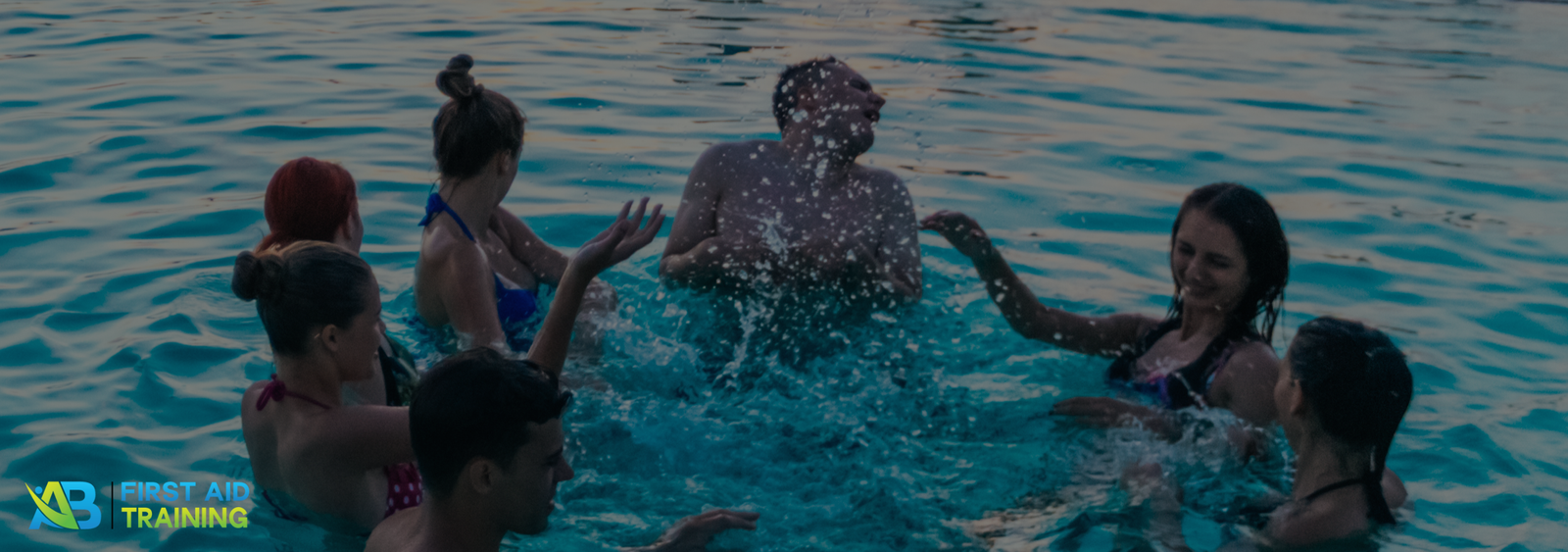
Make sure your first aid kit is race-ready this Cup Day and for summer. See our top 10 must-have items...
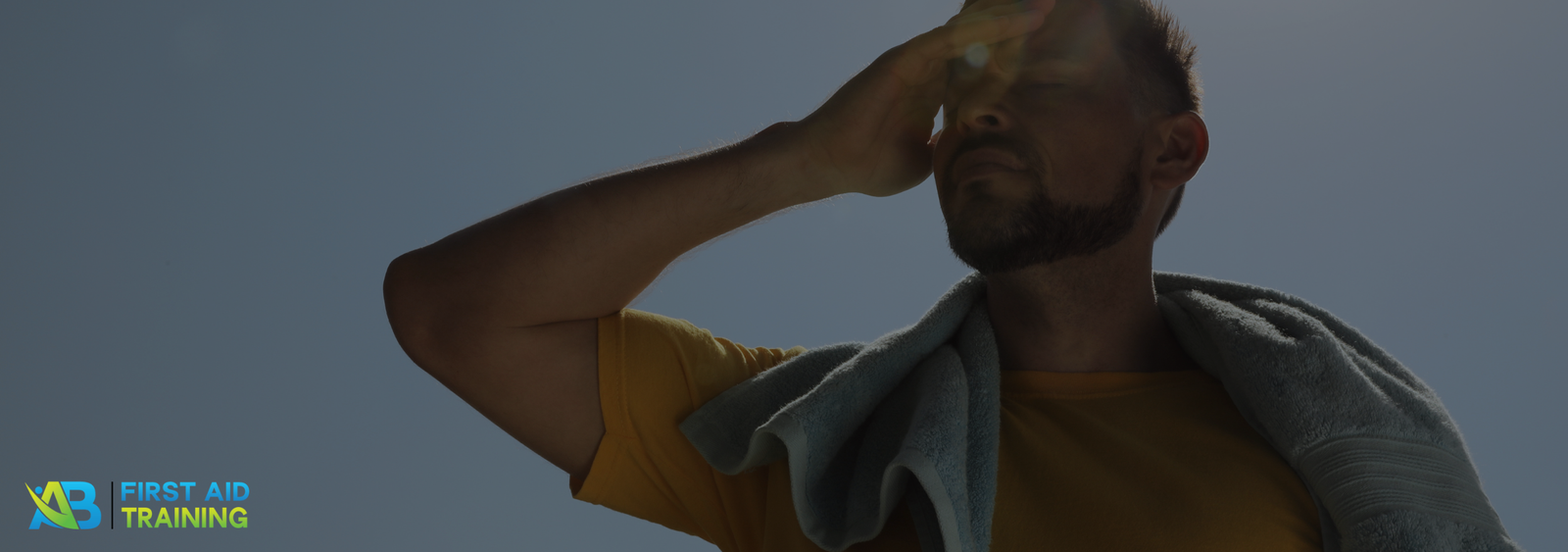
Summer means fun in the sun, but it’s also peak season for preventable injuries. Learn the top first aid skills...
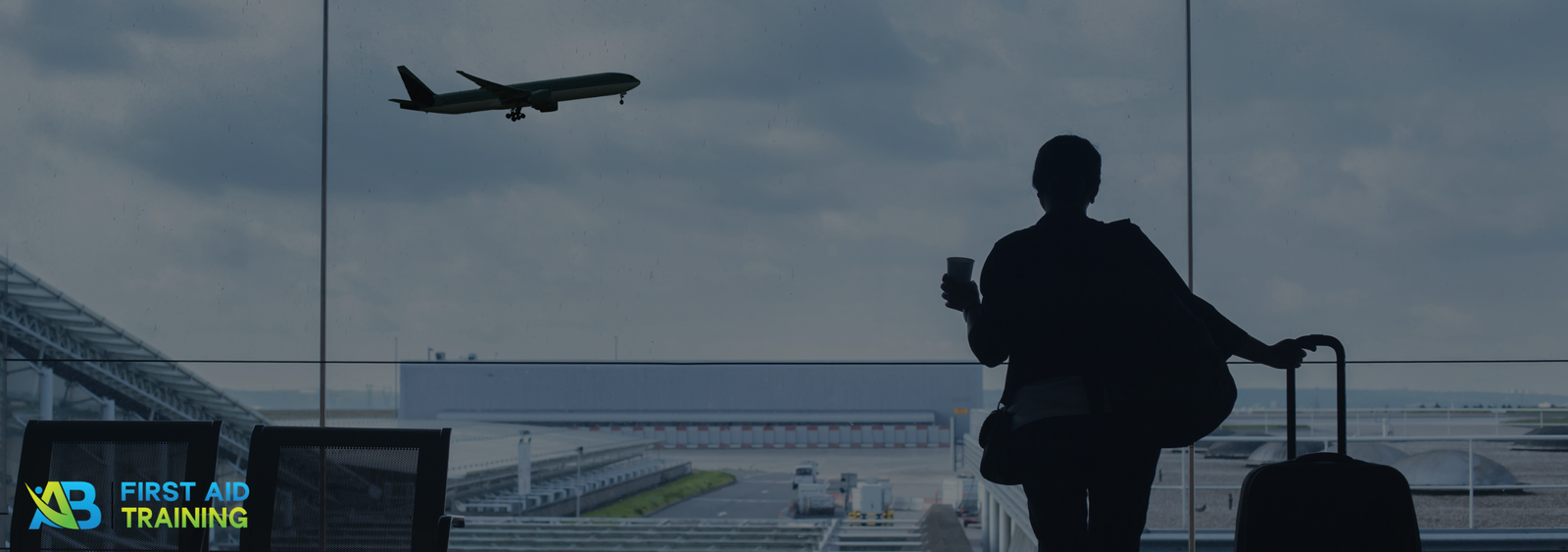
Get travel-ready this summer with our essential first aid kit checklist and health advice for holidays, road trips, and outdoor...
